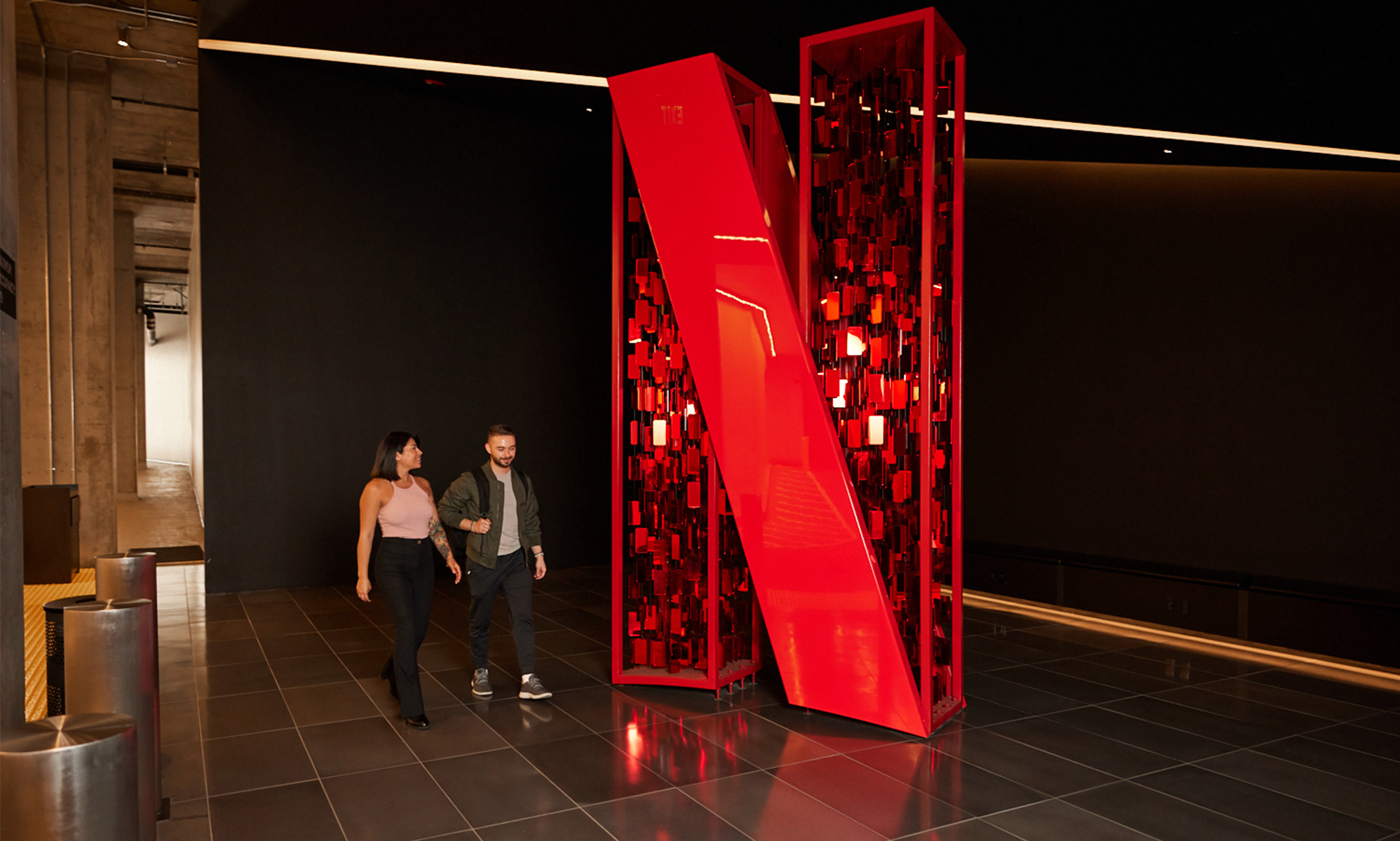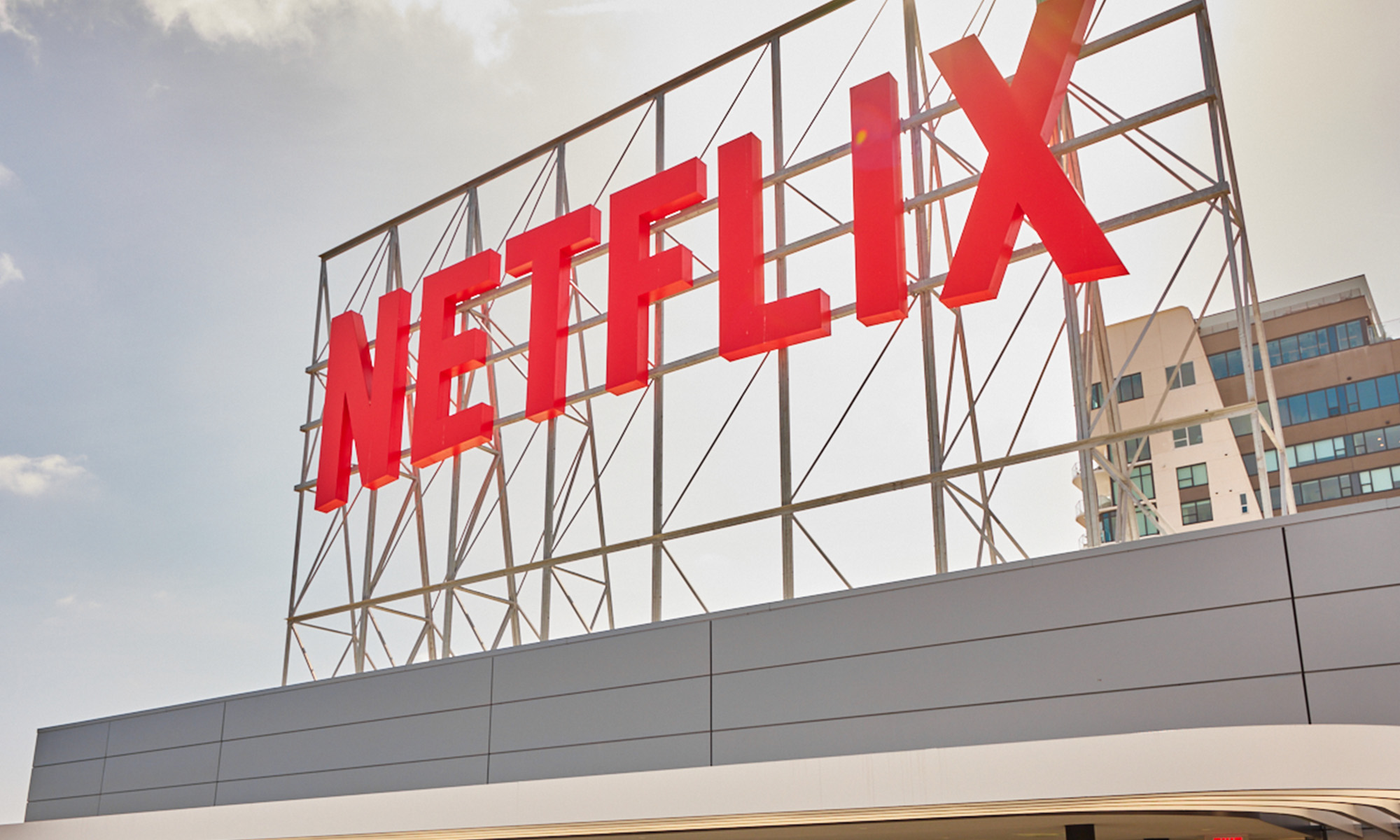This article was updated March 9, 2017.
It's been two years since I shared with you my bittersweet tale about the one that mostly got away. I was one of the early Netflix (NFLX +0.15%) investors, only to quickly dump most of my position in the freshly public upstart that would go on to revolutionize the way that we consume video content.
I didn't think that I would revisit this story, but with Netflix stock going on to become the biggest gainer in the S&P 500 in 2015 and moving up in 2016, my story's carnage intensified. What was a $505,845 blunder in 2015 had ballooned into an $802,179 mistake by late 2016. By March 2017 it had blown up to $884,709.

Image source: Netflix.
Party like it's 2002
Let's go back 15 years to when Netflix went public. I was skeptical at the time, bashing the business model and the stock. Renting out DVDs by shipping them out of its California distribution center seemed like a lousy proposition, with weeklong round-trip delivery cycles for those of us on the East Coast. The stock went on to tank after the initial buzz, and that's when I decided to kick the tires as a subscriber -- and more importantly as an investor.
Netflix was aggressively building out its network of regional DVD distribution centers, speeding up the gap between disc-enclosed mailers from as long as a week to as little as two days. I went from being arguably Netflix's biggest critic to being its biggest fan, and with the IPO falling out of favor I was able to pick up 500 shares for less than $2,600 in October 2002. I had finally nailed the bottom on a stock, and I wrote about changing my tune on Netflix shortly after that. Anyone heeding the call in that bullish article would be sitting on a 240-bagger.
I could've been doing even better than that. Netflix declared a 2-for-1 stock split two years later, followed by a 7-for-1 split in 2015. The 500 shares at a cost basis of $5.18 would be 7,000 shares at a cost basis of $0.37 -- if only I had held onto them. I would go on to sell most of my shares well before the 2004 split. Ouch.
The waiting is the hardest part
I've learned the hard way that patience matters when it comes to investing. Netflix began to move higher as the mail-based platform took off, and I sold 80% of my stake in 2003. I got trigger-happy. I should've let the greed consume me instead.
The 100 shares I retained became 200 shares after the split in 2004, but a few years after that I sold half of my position. The stock was a big winner at that point, but this was before Netflix's streaming platform became an international darling and Netflix became the S&P 500's biggest gainer in 2013 and 2015.
One can argue that I shouldn't complain. I still own 10% of my original position, and those 50 shares are now 700 shares at a cost basis of $0.37 apiece. If I ever need to tell the story of my biggest winner I can point to my 300-bagger. However, the split-adjusted 6,300 shares that I sold too soon would be worth more than $884,000 as of March 9, 2017. "That obviously would've gone a long way toward retirement, dreaming, or giving my kids one less reason to be resentful," I wrote in 2015, and the sum only grows as Netflix continues to dominate and redefine the market.
I would like to think that it was a costly but important lesson. When you find a disruptive growth stock early in the market-rattling process, you hold on and see it through. Let my loss be your gain. It's the least that I can do.






